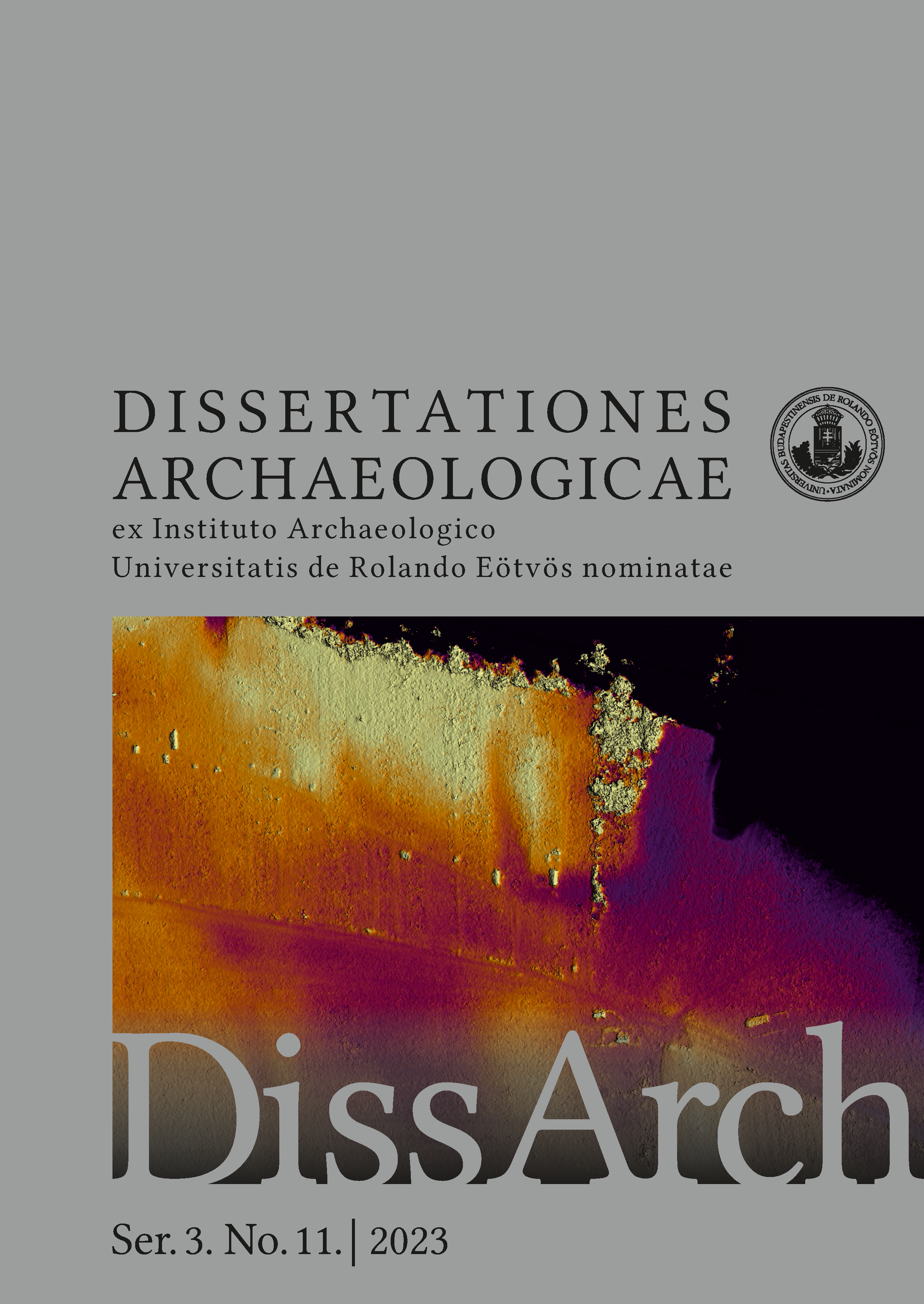Published 2024-03-26
Keywords
- roman glass,
- mould-blown glass,
- head-shaped glass bottle,
- Intercisa
How to Cite
Abstract
The paper presents two head-shaped vessels from Hungary: a glass bottle from a late Roman cemetery at Intercisa and a janiform bottle from a grave in Csongrád, i.e., the Sarmatian Barbaricum. Thanks to large-scale immigration from the East, the fort and vicus of Intercisa had a significant eastern influence. The most famous unit garrisoned there was the Syrian Cohors I millaria Hemesenorum sagittariorum equitatia civium Romanorum, originally stationed in the Syrian town of Hemesa, where many civilians may have accompanied the troops and moved to Intercisa. Settled down there, the new residents imported several objects from the East, including the two head-shaped vessels presented here.

